Make the Invisible Visible
Whenever I mention that I have epilepsy, there’s a moment.
A pause. A bit of disbelief. Sometimes an awkward laugh.
As if I just said something that doesn’t quite fit.
"Really? You? You don’t look like someone with epilepsy."
And I get it – because what does epilepsy look like?
Melissa at work
Most people picture a dramatic seizure, someone collapsing to the ground, maybe flashing lights triggering an episode. That’s the version we see in movies.
But here’s what epilepsy actually looks like:
● It looks like me scaling the second-highest mountain in the Philippines.
● It looks like me running two half-marathons.
● It looks like me walking 5K every day – thanks to my very determined Frenchie.
● It looks like me leading global teams, coaching leaders, and building a business – while navigating an unpredictable brain.
Epilepsy is an invisible illness. And the thing about invisible illnesses is that they don’t announce themselves. They don’t always look the way people expect.
Photo by Cris Tagupa on Unsplash
But sometimes, the weight of invisibility catches up. And I learned that the hard way when I moved to Switzerland.
I thought I was good at change. After all, I’d been moving since I was six months old, bouncing between countries as an expatriate kid. I had learned to see each move as an adventure, adapting quickly, making friends, and finding my place wherever I landed.
But arriving in Zurich in the dead of winter was different. I wasn’t prepared for how the sun barely showed itself, how the dark mornings and evenings felt like a never-ending tunnel. I pushed through – taking dance classes, trying snowshoe hikes, throwing myself into meetups with new people.
Photo by Cristina Munteanu on Unsplash
Then, one January afternoon, I had my wallet pickpocketed at the train station. That moment of helplessness, of losing my identification, my sense of security – it hit harder than expected. A week later, I had my first epileptic seizure in Switzerland.
Stress is my trigger. And suddenly, everything that was invisible – the weight of the move, the homesickness, the exhaustion – became undeniable. I needed medical help. But when I tried to get an appointment with a neurologist, I was told the next available slot was two months away.
I pleaded for an earlier date and managed to get one. But even getting to that appointment turned into an ordeal. I got lost. I wandered uphill in the freezing cold. I slipped and fell down six stone steps. A kind stranger – who spoke no English – picked me up as I sat there, crying and bleeding in the street.
When I finally arrived, still shaken, the doctor reviewed my tests and said: "Your tests are excellent. You’re perfectly healthy."
Photo by Florian van Duyn on Unsplash
I braced myself for the usual restrictions: Don’t overexert yourself. Don’t do too much. Don’t drink. Don’t drive.
Instead, he looked at me and said something that changed everything: "No, do everything you want. Live. You are perfectly healthy. Why should you stop doing what you want to do?"
I had never heard anything so liberating in my life.
All the things I had been mourning – the loss of the familiar, the limits I thought epilepsy imposed on me – suddenly felt smaller.
I left that office seeing my new city with new eyes. I stopped holding back. I found my people. I found balance through yoga, strength in hiking, and joy in rediscovering my love for photography. I stopped longing for the ocean because I found freedom swimming in Switzerland’s lakes and rivers.
That doctor’s words reminded me of something essential: The way we see ourselves, the way others see us– it’s shaped by the stories we tell.
So when someone reacts with surprise – or even discomfort – when I share my diagnosis, I remind myself:
It’s not about me. It’s about the stories we haven’t told yet.
Because the more we talk about what epilepsy – and other invisible conditions – actually look like, the less room there is for misunderstanding.
What’s something you’ve experienced that people don’t see or expect? Let’s make the invisible visible.
Melissa Schmidiger | ws guest contributor
Editor’s Note: Melissa Schmidiger has lived with epilepsy since the age of three. Her parents instilled in her the belief that it was just one part of who she is—not a limitation. Her first-person accounts above were originally shared on LinkedIn (February 2025), Medium (May 2024), and the Huffington Post (2017).
A Third Culture Kid, Melissa was born in the Philippines and began moving with her family at the age of six months to Australia, Singapore, and Indonesia. She has since lived in Malaysia, the USA and Switzerland. She is a Certified Resilience Coach and trained in Integral Coaching. She founded Bravo Darlings to help high achievers take charge of their careers and personal growth – transforming bold ambitions into sustainable success without sacrificing well-being.
Melissa met her husband in Zürich, Switzerland, and together they share a love for the beaches of the Philippines and the Swiss mountains. They now embrace both, with family and homes in each country.
For more details:
Bravo Darlings | Connect on LinkedIn | melissa@bravodarlings.com





